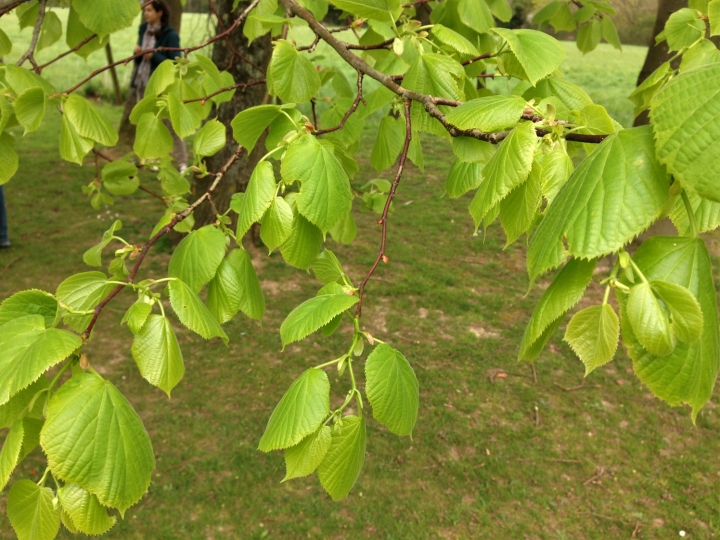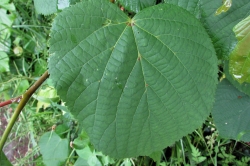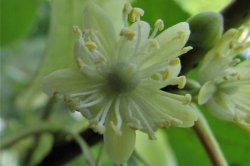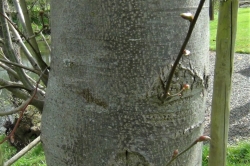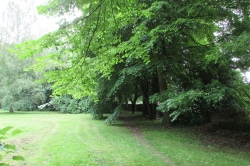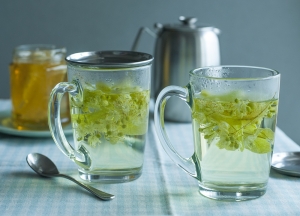There a few different members of the Lime growing in the UK, it can be hard to differentiate between them as they readily hybridise with each other.
Home / Hedgerow Guide /
Lime Tree
Lime Tree
| Hedgerow Type | |
| Common Names |
Linden Tree |
| Scientific Name |
Tilia sp |
| Season Start |
Mar |
| Season End |
Aug |
Please note that each and every hedgerow item you come across may vary in appearance to these photos.
Leaves
Round or heart shaped green leaves. The lighter almost translucent young leaves being the edible part.
Flowers
This consists of a leaf bract with some small yellow and white flowers which will turn into ‘berries’ hanging underneath the bract. Limes generally blossom in June and July.
Trunk
Younger trees have quite a smooth grey bark which can become craggy and gnarled. Suckers or shoots grow from around the base and higher up the trunk on many specimens and can aid identification from afar.
Possible Confusion
It is difficult to confuse Lime trees for any other. They can usually be spotted from afar due to the large amount of ‘suckers’ around the base of the trunk.
Smell
The fresh flowers have a sweet honey like aroma.
Taste
The leaves when young have a succulent almost sweet flavour which is greatly enhanced once the leaf is covered in honey dew from aphids.
Frequency
Common.
Collecting
The young, translucent leaves are best for salads and the fruit, including the leaf bract, are best dried and made into Linden tea or Tilluel.
Medicinal Uses
Lime tea is thought to have properties which will prevent the hardening of arteries and lower high blood pressure.
Other Facts
Aphids love Limes and suck the sap turning it into honeydew, ants farm the aphids for this sweet treat. The leaves, when covered in honeydew, are a particularly sweet treat if you can get over the fact that the honeydew is aphid ‘poo’!
The bark used to be used to make rope and the wood is still used today in furniture making as it does not warp.



 (31 votes, average: 3.58 out of 5)
(31 votes, average: 3.58 out of 5)